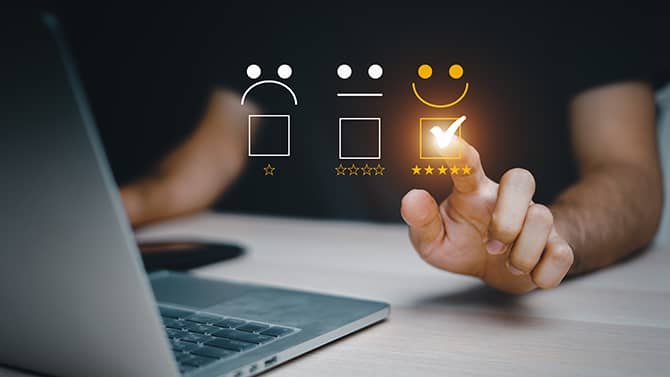
Online polls play a crucial role in gathering feedback, conducting surveys, and even in democratic processes such as elections. However, ensuring their security is paramount to maintaining data integrity and user trust.
Ensuring Security in Online Polls: Best Practices and Tools
Online polls have become ubiquitous in modern society, used by businesses for market research, educators for student feedback, and governments for public opinion gauging. The ease of access and participation they offer makes them powerful tools, but this accessibility also raises concerns about security.
Understanding Online Polls
Online polls encompass various forms of data collection, from simple surveys to complex voting mechanisms. Surveys can be conducted to gather opinions on products, services, or public policies, while voting polls are used for elections, contests, or decision-making processes. Each type serves a specific purpose, requiring different levels of security measures to prevent tampering or manipulation.
Challenges in Ensuring Security
The main challenge with online polls lies in maintaining the integrity of the data and ensuring that the results accurately reflect the respondents’ opinions. Threats such as hacking attempts, data breaches, and unauthorized access can compromise the confidentiality and reliability of the polls, leading to skewed results and loss of trust.
Best Practices for Securing Online Polls
To mitigate these risks, several best practices should be followed:
Use of HTTPS and SSL/TLS Certificates
Implementing HTTPS (Hypertext Transfer Protocol Secure) ensures that data transmitted between users and the poll server is encrypted, protecting it from interception by malicious actors. SSL/TLS (Secure Sockets Layer/Transport Layer Security) certificates authenticate the identity of the server and establish a secure connection.
Authentication Methods
Employing robust authentication methods like CAPTCHA (Completely Automated Public Turing test to tell Computers and Humans Apart) and two-factor authentication (2FA) adds an extra layer of security. CAPTCHA prevents automated bots from participating in polls, while 2FA verifies the identity of users through a combination of something they know (password) and something they have (e.g., mobile device).
Tools and Technologies for Secure Online Polls
Several tools and technologies enhance the security of online polls:
Trusted Online Polling Platforms
Platforms like SurveyMonkey, Google Forms, and PollDaddy offer built-in security features such as encrypted data storage, access controls, and secure data transmission. Choosing a reputable platform with a history of security compliance can significantly reduce risks.
Blockchain Technology
Blockchain, known for its decentralized and immutable nature, can be used to secure poll results. By storing encrypted poll data across a distributed network of computers, blockchain technology ensures transparency and prevents data tampering.
Case Studies and Examples
Successful implementations of secure online polls can be found across various sectors:
Education Sector
Universities and schools use online polls to gather feedback from students and parents. Implementing HTTPS and authentication methods ensures that only authorized participants can submit responses, maintaining the integrity of the feedback data.
Political Elections
In democratic processes, online voting polls must adhere to stringent security standards to prevent electoral fraud. Estonia’s e-voting system is an example of a secure online voting platform that uses advanced encryption and authentication mechanisms to safeguard voter data.
Ensuring Transparency and Integrity
Transparency is essential in Secure Online Polls to build trust among participants and stakeholders:
Methodology and Data Handling
Clearly outlining the poll methodology, including how data is collected, stored, and analyzed, promotes transparency. Providing participants with information on how their data will be used and protected enhances credibility.
Integrity in Poll Results
Regular audits and checks ensure that poll results are accurate and free from manipulation. Independent verification processes and the use of secure algorithms for result tabulation uphold the integrity of the polling process.
Conclusion:
Securing online polls involves implementing robust security measures, leveraging advanced technologies like blockchain, and ensuring transparency in poll methodology and data handling. By following best practices and using trusted tools, organizations can conduct online polls effectively while safeguarding data integrity and user trust.

